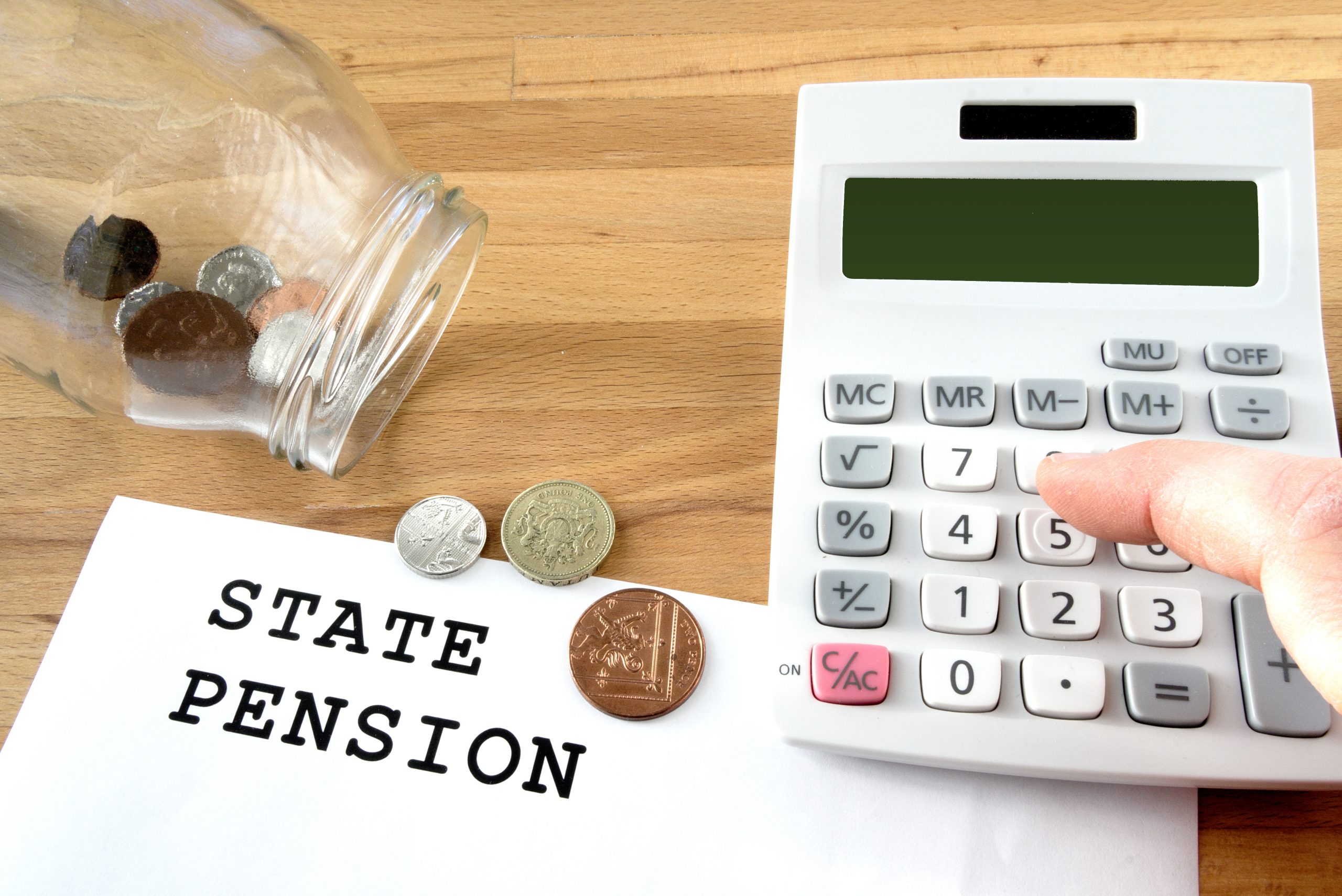News
Retirees set for ANOTHER bumper state pension pay rise next year

Millions of retirees are set to receive hundreds of pounds more as part of their state pension payouts next year following higher than expected official wage growth data.
All eyes were on the Office for National Statistics’ (ONS) labour market overview detailing the annual growth in pay over a core three-month period which is used to calculate state pension changes.
Between May and July 2023, annual growth in employees’ average total pay (including bonuses) came in at 8.5% – higher than expected and the highest figure since comparable records began in 2001, and it’s also higher than last month’s earnings data at 8.2%.
This means an estimated 12 million retirees could see their state pension rise by 8.5% in April 2024, if the Government commits to this uplift. For those who retired from 6 April 2016, if confirmed, they could see a £900 increase in their flat rate state pension from £10,600 to £11,500 per year.
For those who retired pre-2016 and who are in receipt of the basic state pension, their annual sum could increase by nearly £700, from £8,122 to £8,814.
And it’s all to do with the state pension triple lock.
Pension triple lock
This is a mechanism by which the Government changes the state pension figure, both the basic and flat rate pension.
It guarantees that the state pension rises each year by the highest of:
- Average earnings growth (May to July’s ONS figure)
- Inflation (in the year to September, published in October), or
- 2.5%
Taking the 2.5% figure to one side, currently the inflation figure in the year to July came in at 6.8%, which is lower than the wage growth figure of 8.5%.
Now, we need to wait until the September inflation reading is released in October to have all three readings, but with the Government and the Bank of England both forecasting inflation to fall to 5% by year end, it seems likely that the earnings growth figure (rather than inflation) will determine next year’s state pension rise.
According to the ONS, the three-month earnings figure was higher than expected off the back of NHS and civil service one-off payments made in June and July 2023, following industrial strike action by workers.
However, as well as waiting till October, for the 8.5% increase to the state pension to go ahead next year, the Government still needs to confirm the policy.
With the cost-of-living crisis affecting society in different ways, many people criticised the bumper 10.1% pension payout last year, as working classes were hit with real terms cuts as inflation soared.
Last month, Prime Minister Rishi Sunak confirmed the Government will stick to its triple lock pledge next year. However, he declined to comment last weekend about what would feature in the Conservative party’s manifesto.
Indeed, with the cost of maintaining the pension triple lock previously estimated at £21bn over a three-year period, and with calculations suggesting it could exceed budget, the Treasury may need to make cuts elsewhere.
The Autumn Statement date has been set for 22 November 2023, and with election campaigning likely to kick off soon, we’re due to hear more announcements affecting pensions and retirees in the coming months.
‘Intergenerational tension’
Jon Greer, head of retirement policy at Quilter, said: “Over the past few years, the triple lock has become a symbol of intergenerational tension. On the one hand, some say the triple lock should be scrapped because it provides a huge boost to pensioner income at significant cost to Government at a time when funds are being increasingly stretched in other vital areas. On the other hand, there are arguments that the younger people should welcome the increased state pension as they will one day receive the benefit themselves.
“The truth is that both arguments are correct. Young people will benefit eventually, but that is a long time away. What matters in the here and now is that state pension uprating is done in a way that links pensioner income to experiences in the wider economy.”
Steven Cameron, pensions director at Aegon said: “The huge popularity of the triple lock amongst pensioners is balanced by the huge cost of funding it, which is met by the current National Insurance contributions of today’s workers. All parties must find a way to balance the books. One fairer and less unpredictable option would be to move away from a year-on-year comparison of earnings, inflation and 2.5% to one which averages out across say three years.”
Tom Selby, head of retirement policy at AJ Bell, added: “For savers, this lack of certainty about future increases makes it difficult to plan their own retirement saving. What’s more, as the triple lock increases the value of the state pension, other cost-saving measures – most likely future state pension age increases – will inevitably become more likely.”
Related: Pension Awareness Week: Triple lock could raise state pension bill by £45bn a year in 2050